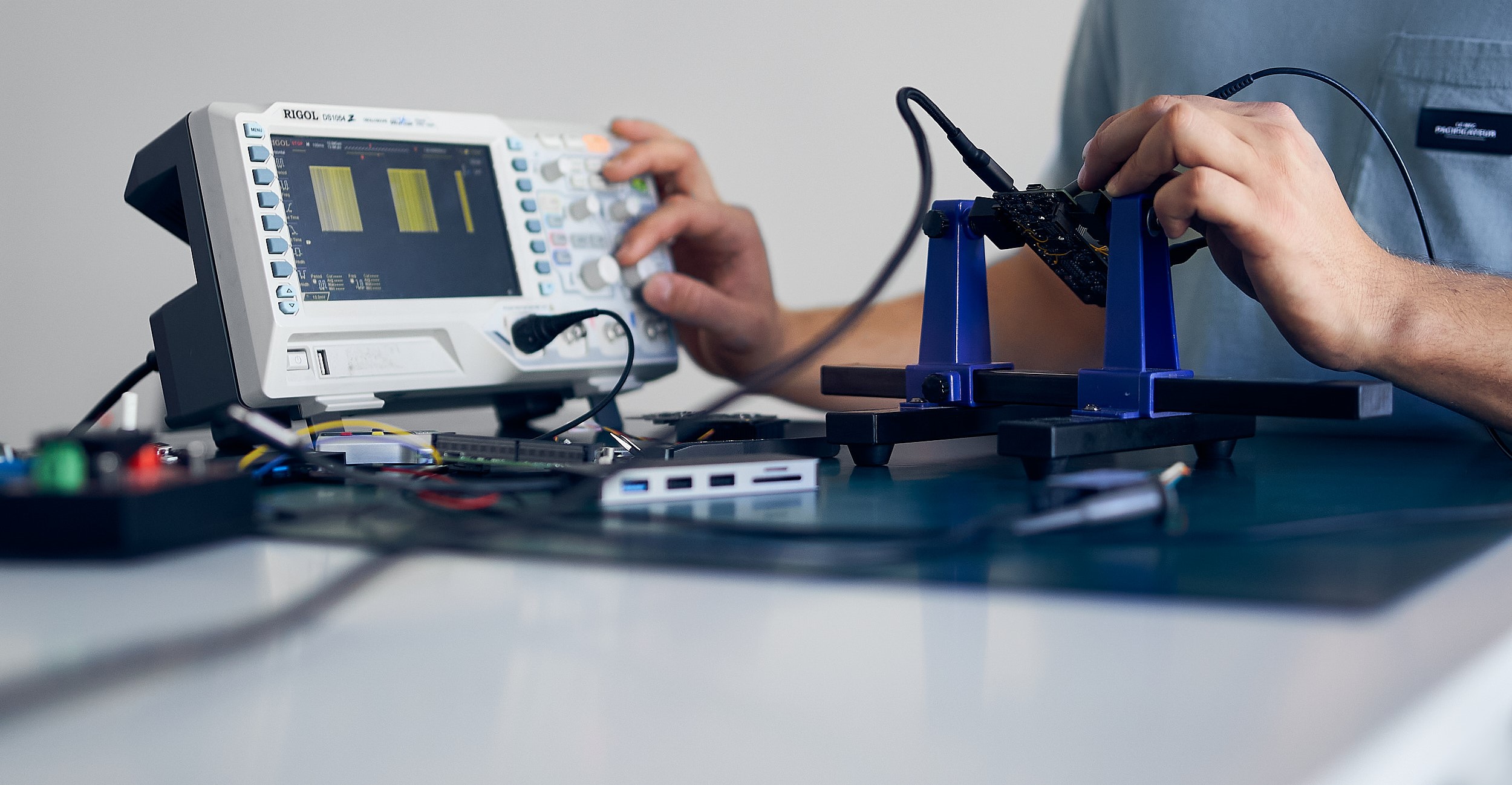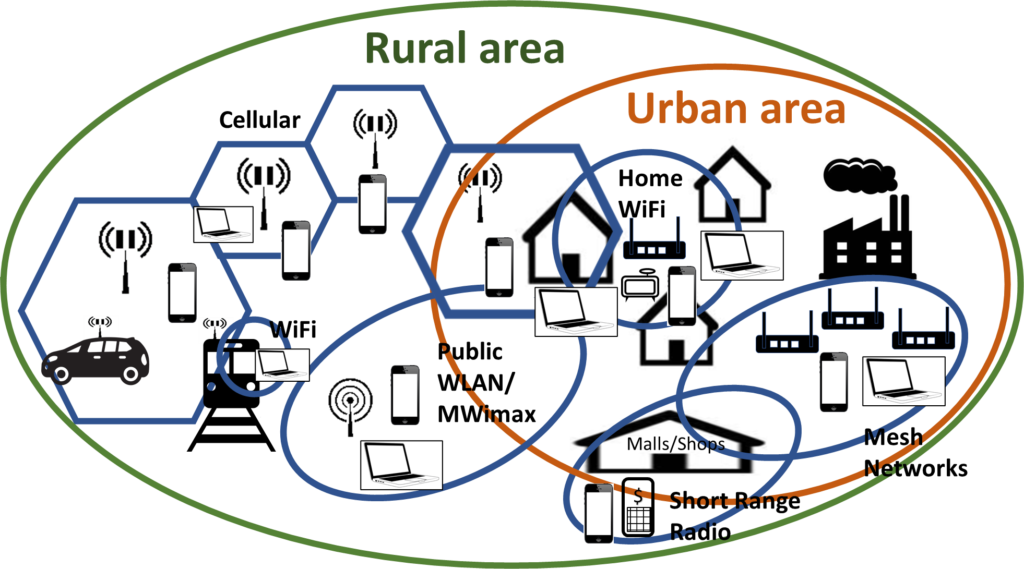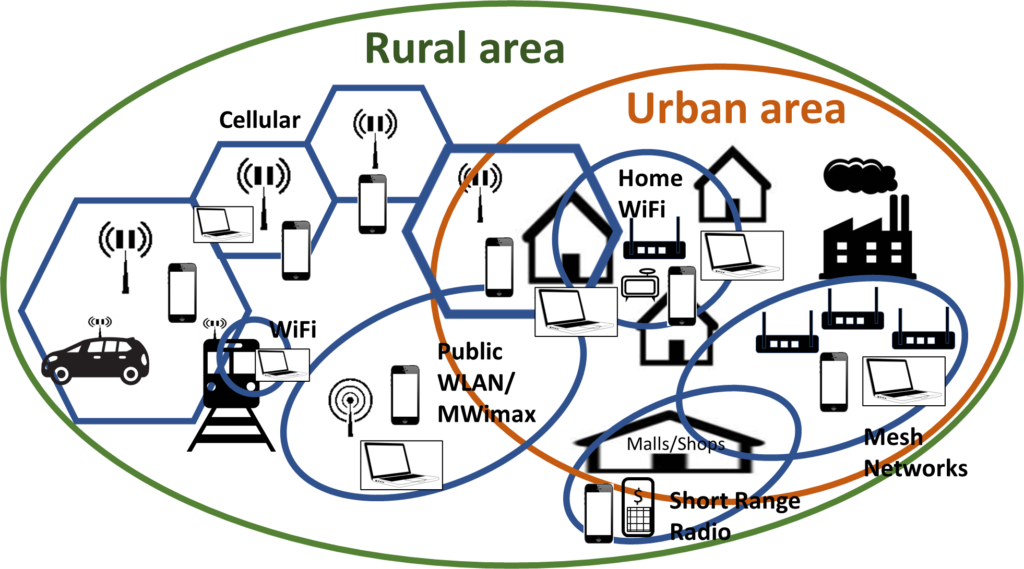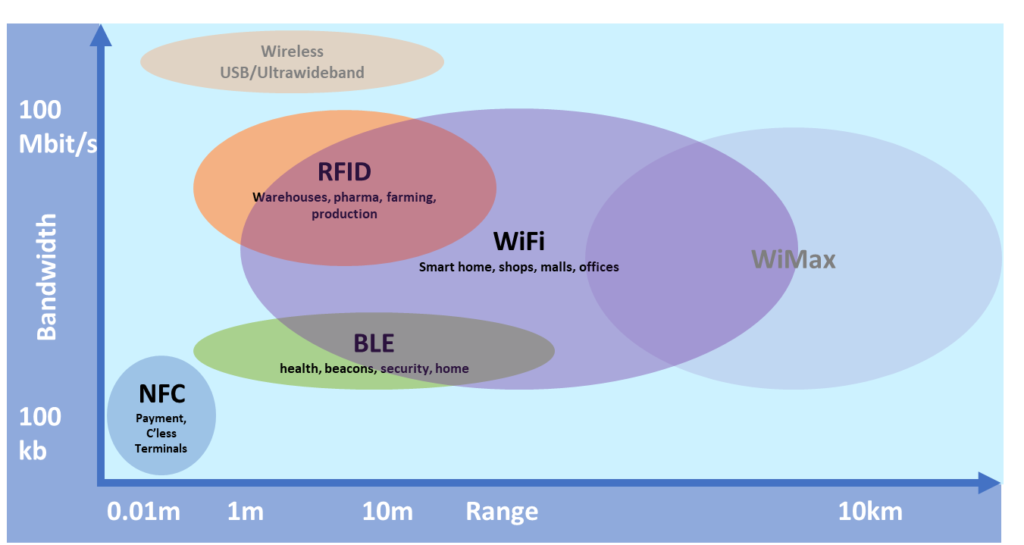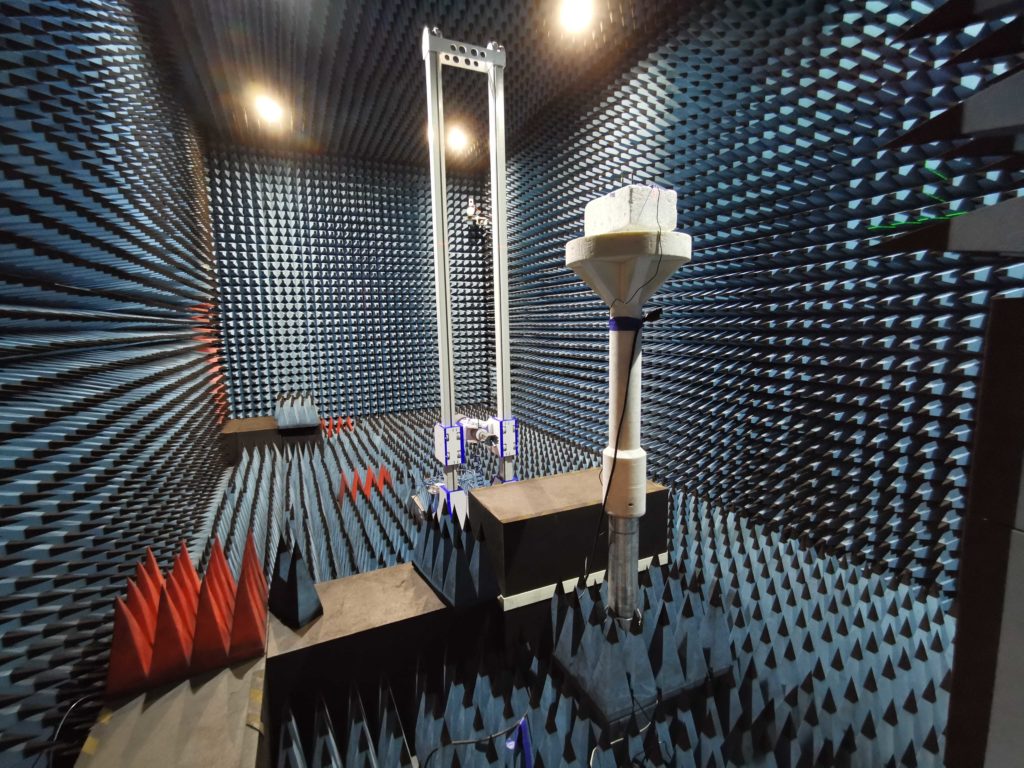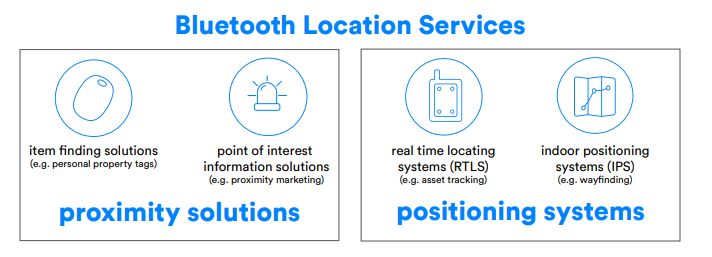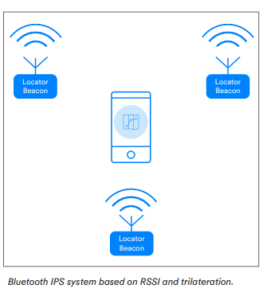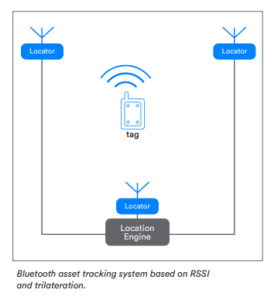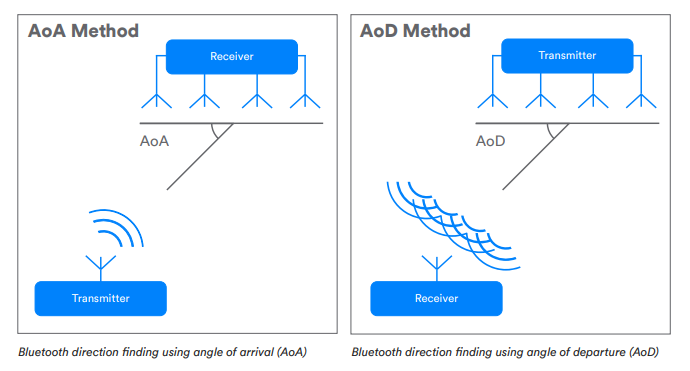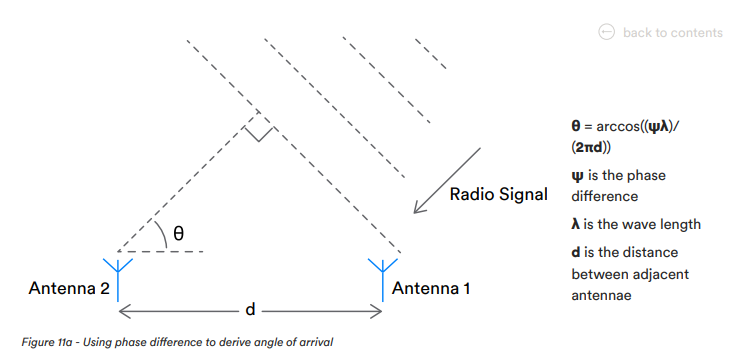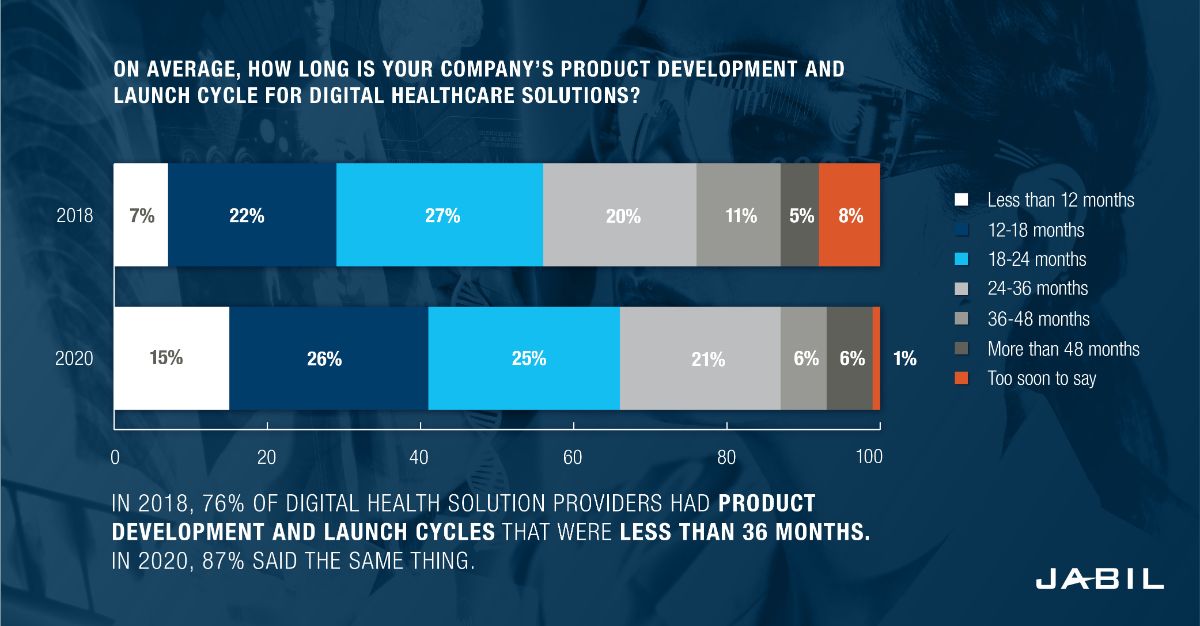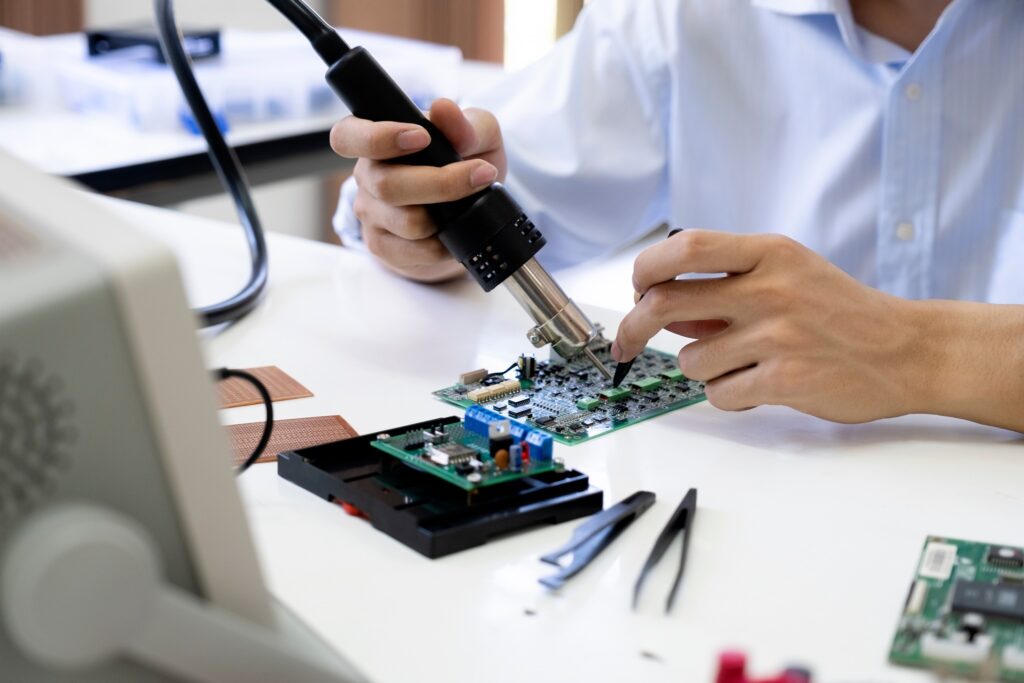What challenges do you need to overcome to deliver outstanding software for medical-grade devices? One crucial stage, that many hopefuls fumble, is testing.
At Thaumatec Tech Group, we know that expert testing is essential to the development lifecycle and the success of your end product. That’s why we have dedicated teams who test, define test strategies and automate the execution.
Today, we are talking with Pawel Adamek, the Lead Quality Assurance Engineer at Thaumatec. He shares his experiences and explains how our unique approach to testing minimizes software failures and the risks related to software embedded in medical devices.

Pawel, could you tell us a little about yourself?
I live in Wroclaw with my family and like to spend most of my free time with them. Besides my family, my passion is exploring new technologies.
I love diving deep into topics… I try to truly understand them so that I can resolve any related issues that may pop up in the future. I’m lucky because this process of exploring and investigating is what I get to do daily at Thaumatec. Having my career and my passion align is very rewarding and simplifies my life a lot!
Currently, I’m the Lead Quality Assurance Engineer in Thaumatec. This means I’m responsible for planning, executing, automating, and measuring quality targets throughout the whole development lifecycle.
And Thaumatec is focused on HealthTech and medical devices, do you have a particular interest in this area?
Yes, Thaumatec is a HealthTech company. This means we engage in projects which are from the people for the people, to help them, to improve their quality of life.
The perfect example of how we do this is through medical device development. At Thaumatec, our main focus is the software side of development. In the medical sphere, this requires stringent preparation of documentation for certification, which is also one of my responsibilities. So having a keen eye for detail and accuracy is paramount.
That’s interesting. When you say “documentation”, what needs to be considered? What are the steps in the process?
When we are talking about the development and testing of medical devices there are certain requirements and rules which must be met to pass certification.
For example, Thaumatec is ISO13485 certified, which means Thaumatec has a Quality Management System which meets the ISO13485 standard, which is required to develop medical-grade software. We prepare our software according to the IEC62304 standard.
The order that one must follow according to these standards is very strict… but it’s also logical!
First off, you need to prepare the project requirements and planning documentation, which includes the development and verification plans. Once these are complete, then the development stage can begin.
It’s at this stage that our developers start implementing our plan and we create test cases and automated test scripts. Once the test plan and scripts are ready, our testers trial them and provide feedback about the software quality to the developers so that the developers can fix any issues. This is an iterative process.
Once it’s sufficiently tested, it’s time to release the software. At this stage, we prepare a set of documents called “the release documentation”. This includes reports, traceability, and coverage information. We then gather the implementation and required documentation and share them with the notified body for certification.
Let’s focus on the testing part. What’s important when testing a medical device?
The testing scope depends on the software safety classification, which is described in IEC62304. There is no limit for testing per se, but there are minimal requirements regarding testing for each software safety class. For example, IEC62304 specifies 3 classes: A, B, and C.
Software is considered to fall under class A when it does not contribute to hazardous situations or where the hazardous situations could result in an acceptable risk. Class B is when a hazardous situation could lead to a non-serious injury and class C is when the software could cause serious injury or death. As you can imagine, class C requires much more testing.
Can you tell us more about how the flow and testing are impacted by the safety classifications?
Okay, let’s take class A as an example. The first testing step is to prepare a verification plan. This plan needs to contain all the rules required for testing in that class. Next, we organize a set of tests to cover all the software requirements. When these are prepared and a software version is ready for testing, test execution can start. When anomalies are found during testing, we funnel them through a software problem resolution process. This involves documenting the issue, repairs, and verifications.
It’s also possible to leave anomalies unresolved if stakeholders decide that it does not pose an unacceptable risk, but such a decision needs to be documented in writing and include the rationale behind it.
When retests are done all records need to be collected, including the name of the tester, their steps taken, and a list of anomalies. This way, tests can be repeated if need be.
Here it’s important to mention the review process, which is also a type of testing. When it comes to medical products, reviewing the development is crucial at every stage and during each level of development. Reviews are required for the source code, and therefore, they must be properly documented.
As I already mentioned, more testing is required for classes B and C. These classes are very similar in that similar testing activities need to be done for both. Of course, all actions described for class A are also valid for B and C classes, but in addition, unit and integration testing is also necessary.
That’s a lot of information. It’s clear that you are an expert in your field. What would you like to say to others who may be interested in pursuing a similar career?
In real life, going about our daily tasks, there often isn’t enough time to set up and test activities before we dive into them. In medical product development, there is no way to omit these processes because it will result in failure at the certification phase.
Because it is so strictly structured, I think software development for medical products is a fantastic way to hone your knowledge and grow your testing abilities. The standards can seem intimidating at first, but in actuality, they are a very useful resource – you can read them, study them, and refer back to them whenever you need.
Another way to learn is by doing, through mentorship and on-the-job practice. At Thaumatec, we are big on knowledge sharing. If that sounds like something you’d be interested in, we are always on the lookout for talent. You can reach us at hr@thauamtec.com.
How has your career developed since starting with Thaumatec, would you recommend the company to others in the field?
Absolutely. One thing that springs to mind right away is the responsibility, trust, and respect the team gave me as soon as I walked in the door. It’s satisfying that I have the flexibility to make changes and improvements.
I also really enjoy having direct contact with management and clients. The culture of communication is very open in this way. We all share our opinions, problems, and ideas and collaborate on solutions, which is very intellectually rewarding. I think this stems from the fact that we are all inquisitive people. We love learning about new tech, it’s in our DNA.
I feel seen and my efforts are rewarded. I would definitely recommend it!.
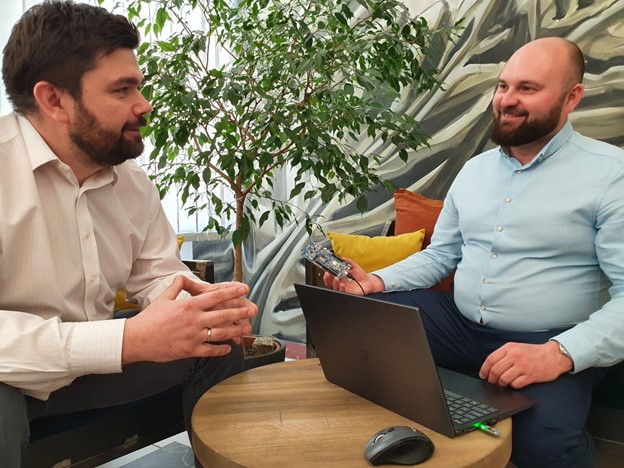
Thanks for sharing these insights, Pawel!
Thanks for the opportunity to share it!
